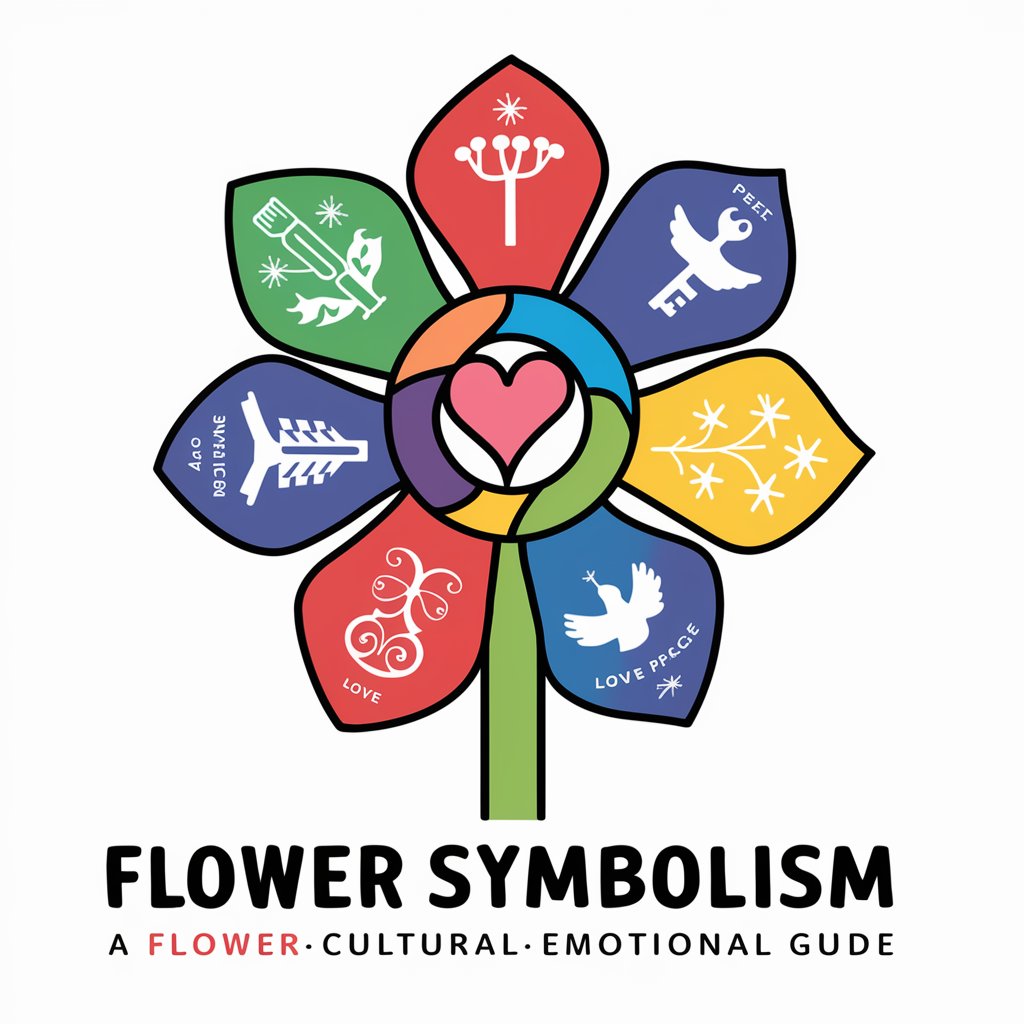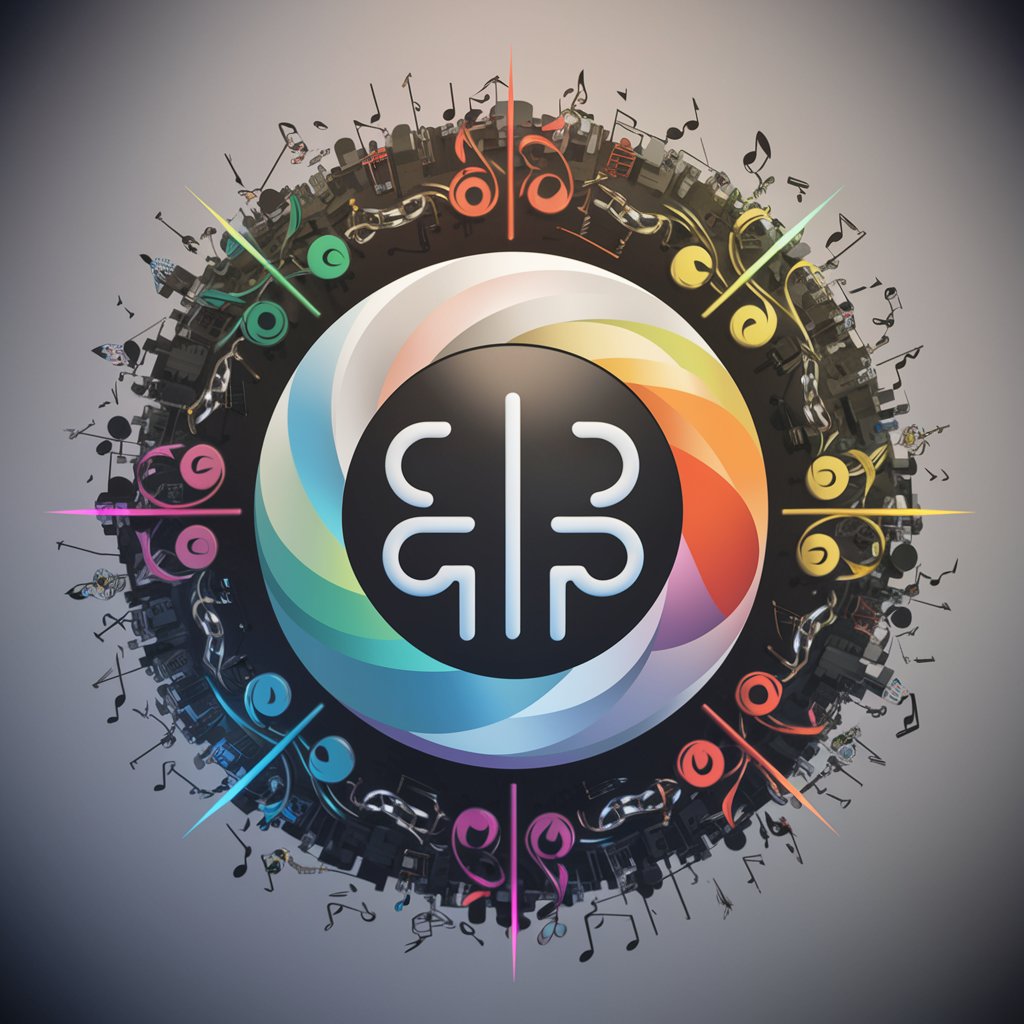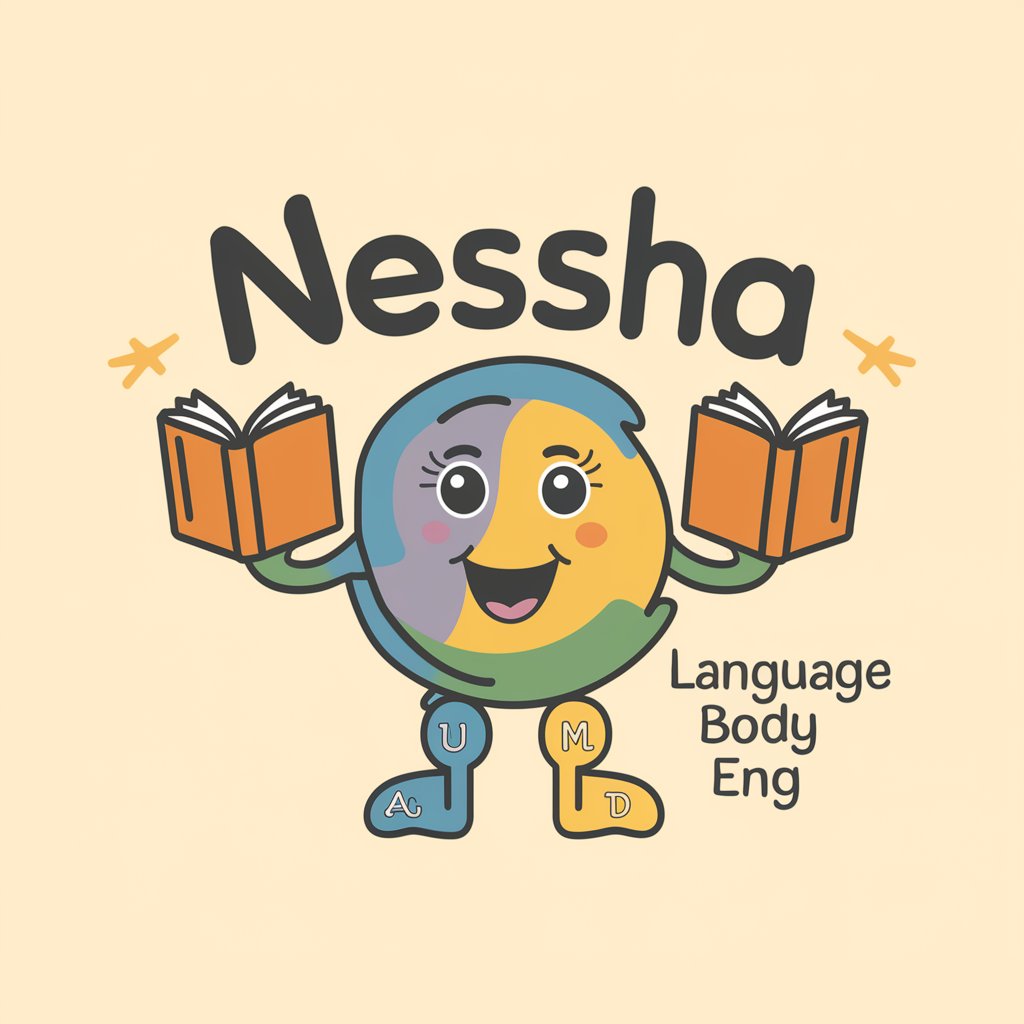Language of flowers - Insight into Floral Symbolism

Welcome to the world of flower symbolism!
Unveil the Secret Language of Flowers
What is the symbolism of roses in different cultures?
Can you explain the meaning of lilies in various contexts?
What do different colors of tulips represent?
How do sunflowers symbolize different emotions?
Get Embed Code
Understanding Language of Flowers
Language of Flowers is designed as an informative and engaging guide dedicated to the world of floriography, the study of flower symbolism. Its primary function is to provide users with vivid, detailed descriptions of flowers, including their cultural and emotional symbolism. By exploring the meanings attributed to different flowers and their colors, Language of Flowers aims to enrich users' understanding and appreciation of the nuanced language flowers can convey. For instance, while a red rose is widely recognized as a symbol of love and passion, a yellow rose might represent friendship and joy. The service is crafted to respond in the language of the query, enhancing accessibility and user engagement. Its responses are tailored to offer comprehensive insights, whether the user is planning a garden with specific symbolic meanings, selecting flowers for a meaningful bouquet, or simply curious about the historical and cultural contexts of flower symbolism. Powered by ChatGPT-4o。

Core Functions of Language of Flowers
Detailed Symbolism Descriptions
Example
Explaining the symbolism of the lotus flower across different cultures—representing purity and enlightenment in Buddhism, rebirth in ancient Egyptian culture, and the ability to rise from challenges in general symbolism.
Scenario
A user researching flowers for a meditation garden might use this information to choose plants that embody spiritual or personal growth.
Cultural Symbolism Insights
Example
Detailing how the cherry blossom is viewed in Japan as a symbol of life's ephemeral beauty, contrasting with its representation of education in other contexts.
Scenario
Someone planning a cultural event or festival might look for flowers that align with the event's theme, using this information to decorate accordingly.
Emotional and Event-specific Symbolism
Example
Providing meanings behind flowers given for specific occasions, like chrysanthemums for grief and mourning in some cultures, versus their representation of joy and longevity in others.
Scenario
A person selecting flowers for a funeral or celebration could use this guidance to ensure their floral choices convey the intended message.
Color-specific Meanings
Example
Outlining how the color of a rose (red for love, white for purity, yellow for friendship) can change its symbolic message, presented in a clear, tabular format for easy comprehension.
Scenario
A buyer choosing roses for Valentine's Day could use this information to pick a color that best expresses their feelings.
Who Benefits Most from Language of Flowers
Garden Designers and Horticulturists
Professionals and enthusiasts who design gardens or cultivate plants can utilize this service to create spaces with thematic or symbolic significance, enhancing the emotional or aesthetic appeal of their designs.
Event Planners and Florists
Those involved in planning events or arranging flowers can use the detailed symbolism to tailor their floral selections to the themes and emotional tones of weddings, funerals, celebrations, and corporate events, ensuring that the flowers chosen reinforce the desired ambiance and message.
Writers and Artists
Creatives looking to incorporate floral symbolism into their work can find inspiration and accurate information on the meanings of different flowers, enriching their storytelling or visual art with nuanced symbolic layers.
Educators and Students
Teachers and learners across disciplines like literature, history, and botany might explore the service to uncover the historical and cultural contexts of flower symbolism, facilitating a deeper understanding of their subject matter through an engaging lens.
General Enthusiasts
Individuals with a casual interest in flowers or those looking to give meaningful gifts can benefit from the easy-to-understand explanations and symbolism, making informed choices for personal or gift-giving purposes.

How to Use Language of Flowers
1. Start for Free
Access the Language of Flowers tool by visiting yeschat.ai. No signup or ChatGPT Plus subscription is required for a free trial.
2. Choose Your Interest
Select a category or type in a specific flower you're interested in to learn about its symbolism, cultural significance, and emotional associations.
3. Explore Symbolisms
Receive detailed, vivid descriptions of flower meanings, including variations by color or context, presented in an easy-to-understand format.
4. Utilize for Personal Use
Apply the insights for personal projects, gift-giving, event planning, or educational purposes, enhancing your understanding and appreciation of floral language.
5. Share and Learn
Share your findings with others or use the tool to deepen your knowledge about floriography, encouraging a shared learning experience.
Try other advanced and practical GPTs
PromptMaster Pro
Elevate your prompts with AI power

Sales Page Maestro
Elevate Your Sales Copy with AI-Powered Insights

Essay Grader & Standards Pro
Transforming Essay Grading with AI

FormGPT
Simplify form creation with AI

I am My Music
Empowering Your Music Journey with AI

Melody Muse
Discover music, powered by AI

Language Corrector
Empowering Your Language Journey with AI

Academic Linguist
Elevate Your Writing with AI-Powered Academic Enrichment

Language Buddy ENG
Nurturing language growth with AI

EntE
Elevate Your Content with AI

Word Weaver
Crafting Clarity with AI-Powered Precision

English Tutor
Elevate Your English with AI

Frequently Asked Questions about Language of Flowers
What is Language of Flowers?
Language of Flowers is an AI-powered tool designed to provide in-depth knowledge about the symbolism and meanings associated with various flowers, rooted in the cultural practice of floriography.
How accurate is the symbolism provided?
The tool offers highly accurate and culturally diverse symbolisms, derived from historical sources, folklore, and contemporary interpretations, ensuring a rich understanding of each flower.
Can Language of Flowers help with event planning?
Absolutely! It can guide you in selecting flowers that match the emotional tone and symbolism desired for weddings, funerals, celebrations, and other events.
Is there a limit to how many flowers I can learn about?
No, there's no limit. You're encouraged to explore as many flowers and their meanings as you like, fostering a comprehensive understanding of floriography.
Can Language of Flowers suggest flowers for specific occasions?
Yes, based on the symbolism and sentiments you wish to convey, it can suggest appropriate flowers for various occasions, making it easier to make meaningful choices.
